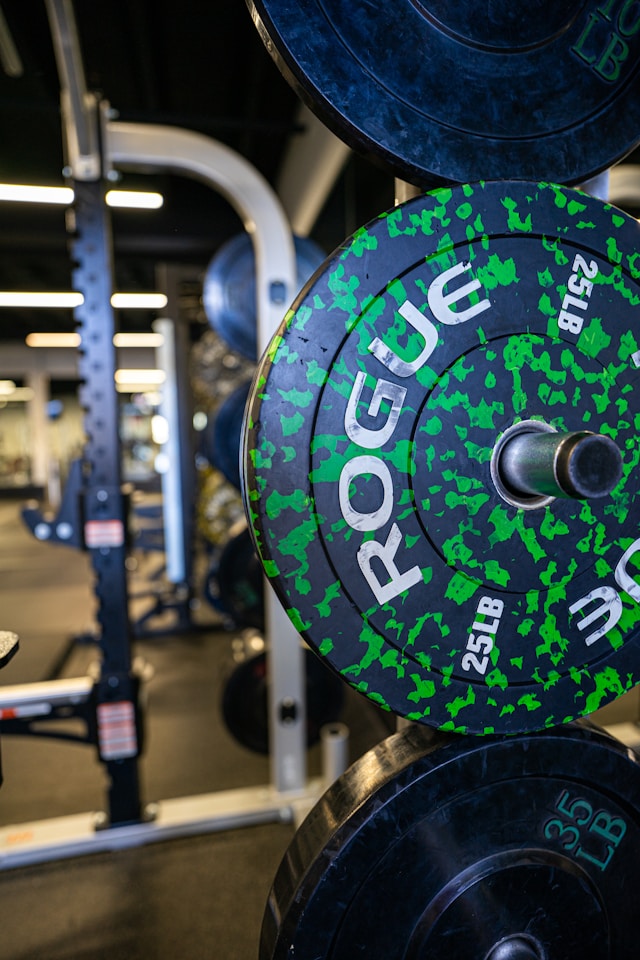Bumper plates are integral components of functional fitness training, essential for activities ranging from CrossFit workouts to Olympic weightlifting. This guide provides an overview of bumper plates, their construction, and why they play a crucial role in enhancing performance and safety in dynamic fitness routines.

What Are Bumper Plates?
Bumper plates are weight plates made from dense rubber, designed to be dropped safely without damaging the floor or the plates themselves. Unlike traditional iron plates, bumper plates are uniformly sized regardless of weight, making them ideal for exercises where the barbell is lifted from the ground to overhead, such as snatches and cleans.
Construction and Design
Rubber Composition: Bumper plates are typically made from high-density rubber, which absorbs impact and minimizes bounce when dropped. This construction not only protects the lifting surface but also reduces the risk of injury by providing a controlled descent of the barbell.
Steel Insert: Most bumper plates feature a stainless steel or chrome-plated steel insert in the center. This insert allows the plates to slide smoothly onto the barbell sleeve while maintaining durability and stability during lifts.
Benefits of Bumper Plates
Safe Dropping: The primary advantage of bumper plates is their ability to be dropped safely from overhead positions. This feature is crucial in activities like Olympic weightlifting and CrossFit, where athletes perform lifts that involve rapid movements and heavy weights.
Floor Protection: Bumper plates help protect gym floors from damage caused by repeated dropping of weights. This durability makes them suitable for both commercial gyms and home workout spaces where preserving the floor surface is essential.
Versatility in Training
Dynamic Movements: Bumper plates facilitate dynamic movements such as snatches, cleans, and jerks, allowing athletes to focus on technique and power without concern for equipment damage or injury from uncontrolled drops.
Progressive Overload: With bumper plates, athletes can gradually increase weight loads during training sessions, promoting progressive overload and strength gains over time without compromising safety or performance.
Choosing the Right Bumper Plates
Weight Variations: Bumper plates are available in various weights, typically ranging from 10 lbs (4.5 kg) to 55 lbs (25 kg) or more. Beginners may start with lighter weights while advanced lifters use heavier plates to challenge their limits.
Durability and Quality: When selecting bumper plates, prioritize those with durable rubber construction and a secure steel insert. Look for brands known for quality and reliability in fitness equipment to ensure long-term performance and safety.
Maintenance and Care
Regular Inspection: Inspect bumper plates regularly for signs of wear or damage, such as cracks or tears in the rubber. Clean plates as needed to remove chalk buildup or debris that could affect performance or longevity.
Storage: Store bumper plates in a dry, climate-controlled environment to prevent rubber degradation over time. Use plate racks or storage solutions designed to keep plates organized and easily accessible for workouts.
Conclusion
Bumper plates are indispensable tools in functional fitness training, offering durability, safety, and versatility for athletes of all levels. Whether you’re training for CrossFit competitions or perfecting Olympic lifts, investing in high-quality bumper plates ensures optimal performance and protection for both yourself and your training environment.
















Add Your Comment